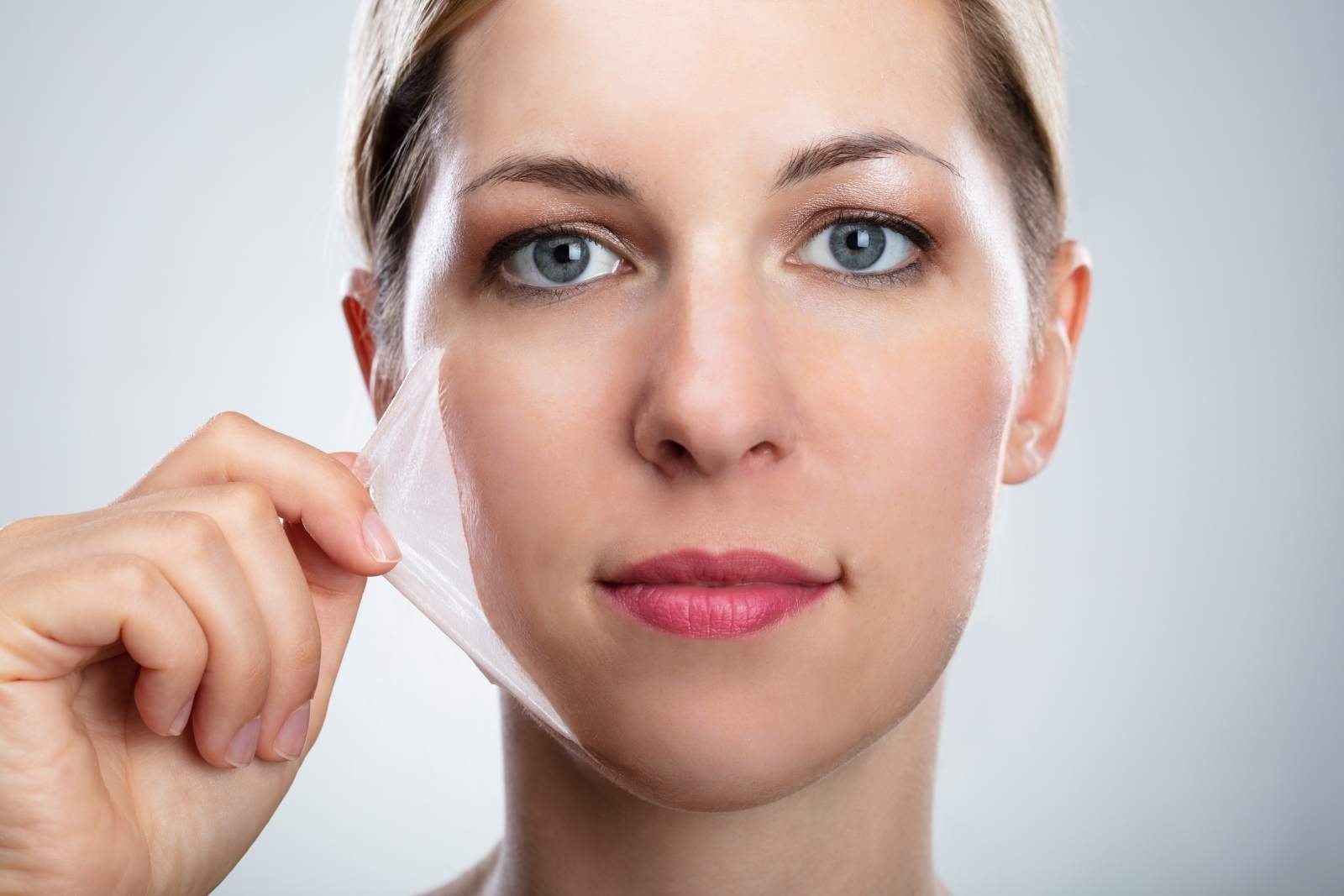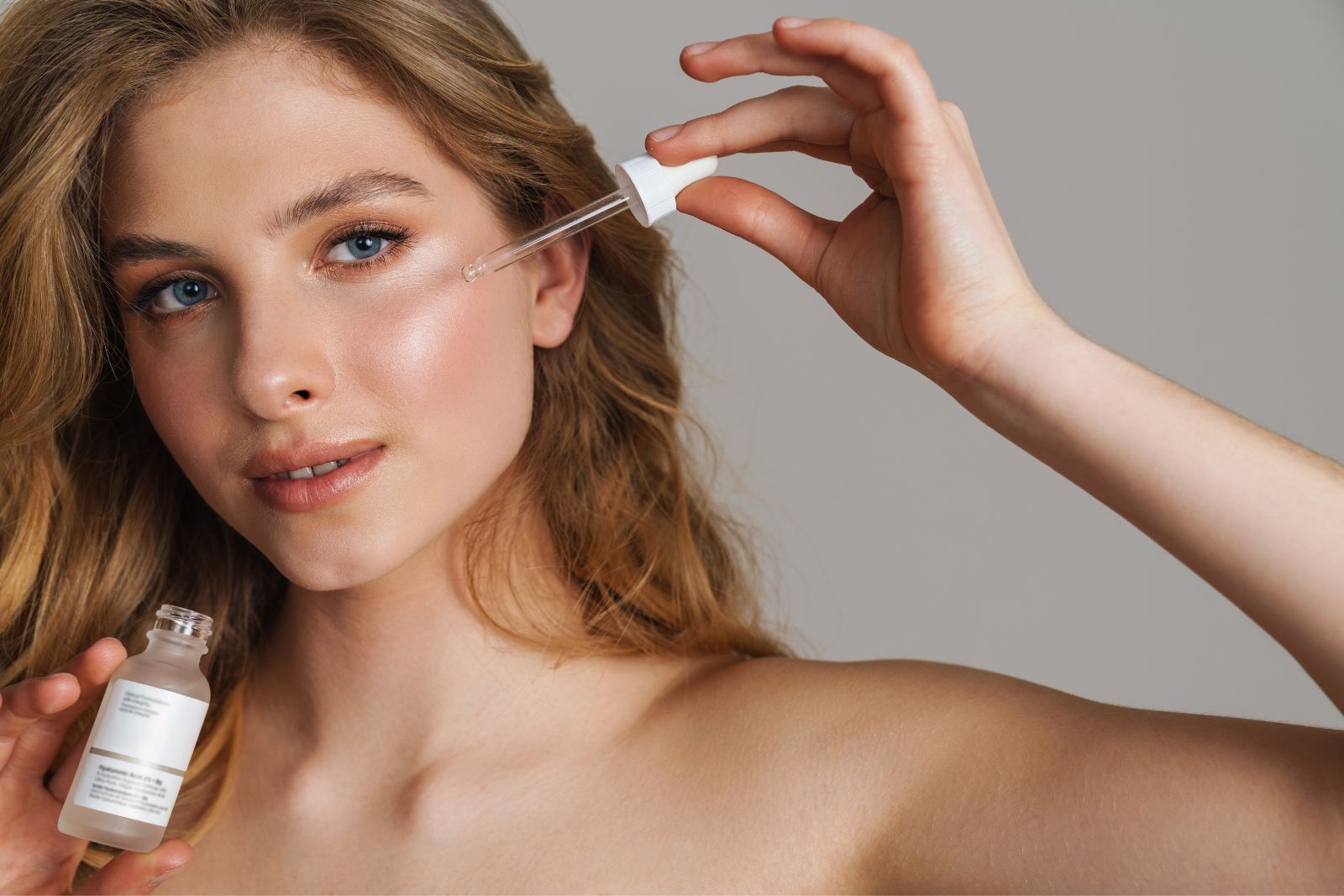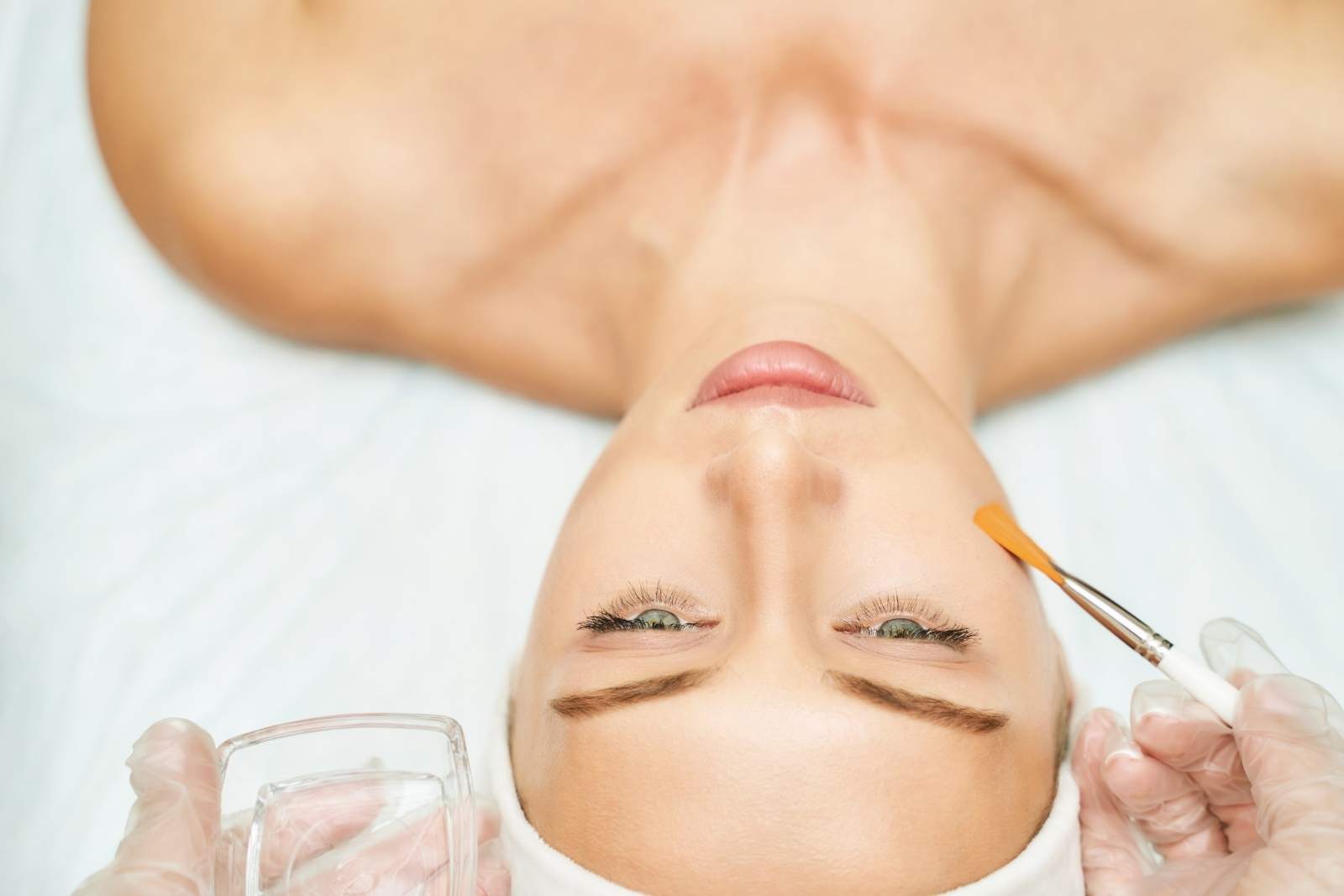
One of the most appreciated skin treatments available today, chemical peels may be the secret behind many radiant and youthful faces you see around you. As a matter of fact, chemical peels are the third most common nonsurgical cosmetic procedure in the United States. What is the secret behind the success of chemical peels, and should you get one? At Aesthetics MedSpa Reno we see patients from across the country and internationally for chemical peels. Though the chemical peel is not necessarily a complex procedure it is one that should be performed carefully to avoid complications. Our patients return to us for their peels because they know regardless of their skin types, we always do a fantastic job.
What are chemical peels?
A chemical peel procedure involves the use of an acidic solution on the face, neck, and hands to remove the damaged top dermal layers and accelerate cell turnover. Moreover, the skin treatment encourages collagen growth and combats hyperpigmentation. Following the procedure, the exfoliated skin will peel off and unveil smoother, softer, and brighter skin. The chemical solution applied creates a controlled injury of the skin at a specific depth, depending on the type of chemical peel chosen. The skin will blister and peel off, but there is no reason for concern. When performed by certified and trained dermatologists, plastic surgeons, or skincare specialists, the procedure is safe and rarely associated with side effects. Chemical peels have the advantage of long-lasting results. Patients notice the first signs of skin improvement as soon as the redness and blistering subside. The full effects of the procedure are expected to be visible in the following months. The results may last from a couple of months to 10 years depending on the type of chemical peel chosen. Our team at Aesthetics MedSpa Reno will advise you on the type of peel that will work best for your goals as well as the associated considerations and recovery times.
When should you consider a chemical peel?
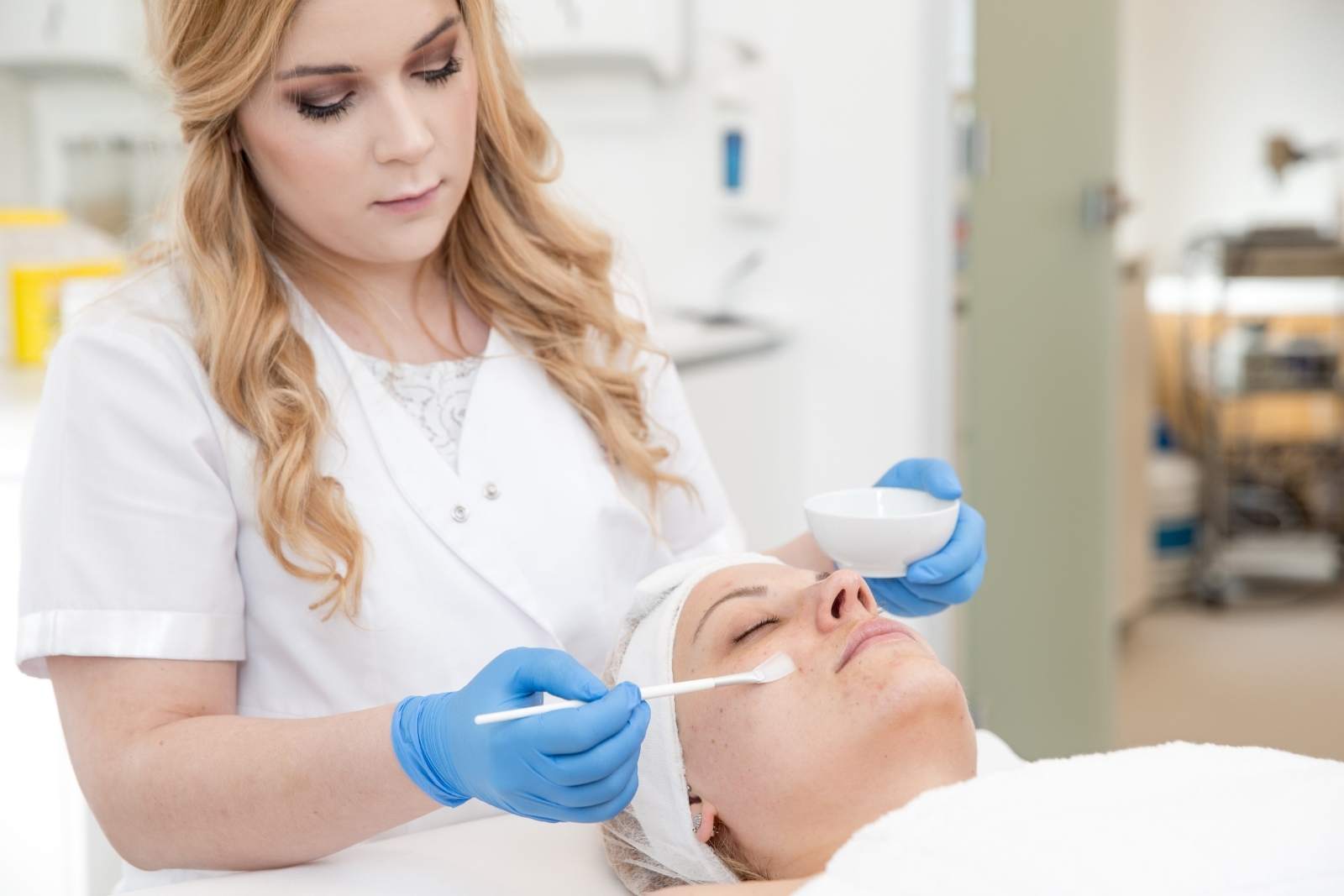
Chemical peels have been proven to successfully treat skin conditions like certain types of acne, acne scars, age spots, hyperpigmentation, rough skin, and melasma (dark patches) caused by pregnancy or birth control pills. Furthermore, the treatment can be used to reduce fine lines and wrinkles under the eyes and around the mouth, and heal the marks left behind by sun exposure and aging. In other words, you should consider a chemical peel treatment if you want to improve your skin texture and enjoy smoother and skin with fewer wrinkles. The best candidates for chemical peels are patients with fair and light skin. Patients with darker skin can also benefit from the effects of a chemical peel but they expose themselves to the risk of discoloration or uneven skin tone. At Aesthetics MedSpa Reno, every procedure begins with an initial consultation where we discuss your medical history and your goals in detail to ensure the treatment is both safe for you and aligns with your goals. Based on your existing conditions and goals we’ll suggest treatments to achieve the results you’re looking for.
What types of chemical peels are available?
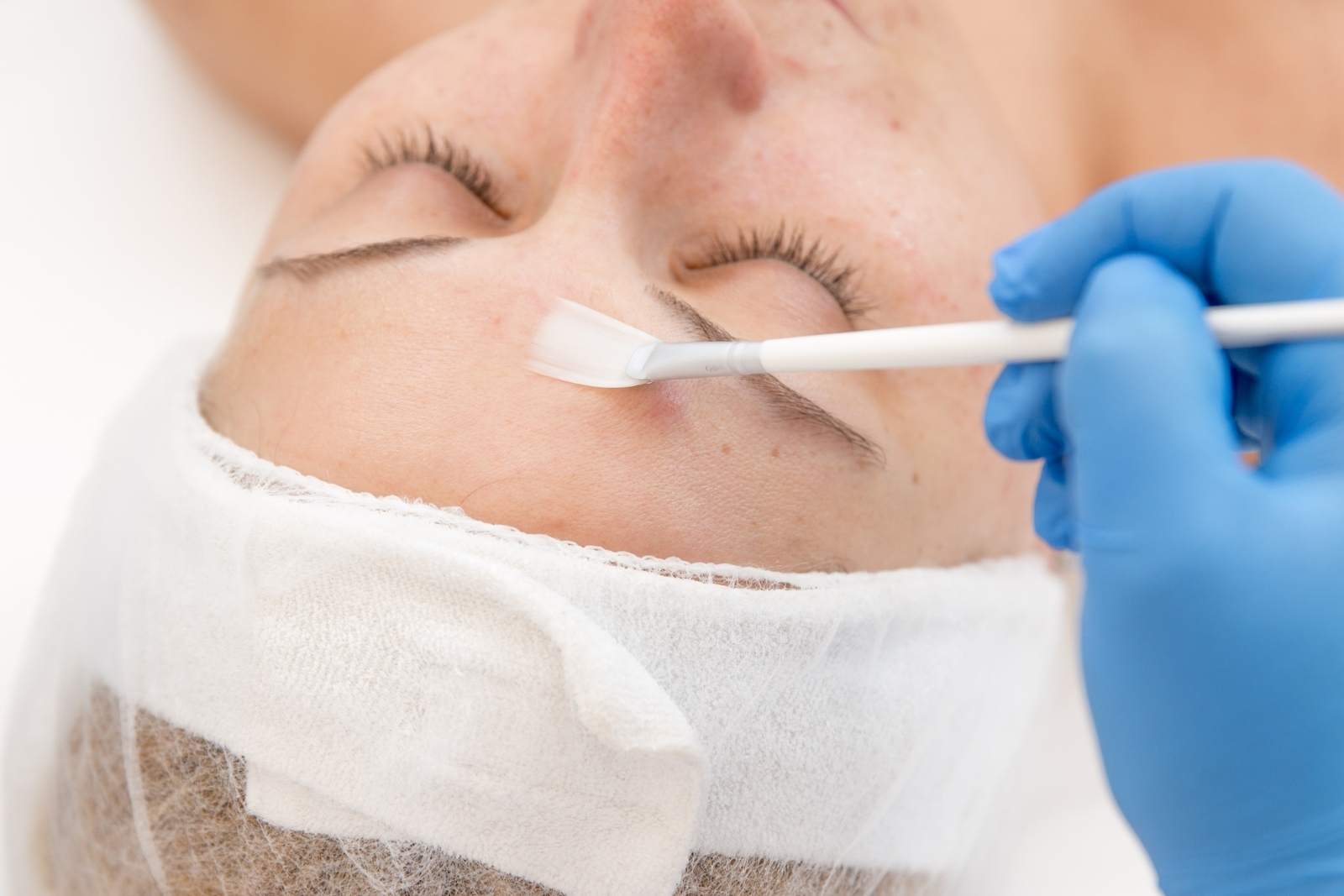
Depending on the type of chemical agent used to dissolve the bonds between old skin cells, removing them and making way for new skin cells, chemical peels fall into three categories: Superficial peels – ideal for people who have never exposed their skin to a chemical peel before and for people with sensitive skin. Superficial peels use mild chemical substances, like lactic acid, salicylic acid, and/or alpha hydroxy acid such as glycolic acid to gently exfoliate the outer layer of the skin and clean the pores. Light peels can also be used to treat active acne. Medium peels – involve the use of trichloroacetic acid or a higher percentage of glycolic acid to penetrate both the outer layer of skin and the upper layers of the underlying dermis. They are recommended for skin conditions like hyperpigmentation, acne scars, and moderate sun damage. Deep peels – a phenol-based formula or trichloroacetic acid is used to fully penetrate the lower dermal layers and treat severe sun damage and scar tissue. A deep chemical peel can also be used to tighten skin and remove acne scars. We offer all of these options at Aesthetics MedSpa Reno and you can rest easy that you are in the hands of experienced professionals.
What to expect during a chemical peel?
After cleaning your skin, the professional performing the chemical peel will apply the selected chemical solutions to small areas of your skin. The result will be a controlled injury and blistering of the skin followed by the peel-off effect. The chemical peel procedure may last from a few minutes to an hour, depending on the type of peel and skin sensitivity. Superficial and medium peels don’t usually require the use of anesthesia. The procedure is not painful but patients do report burning, itching, and stinging while the solution is on the skin. Applying cool compresses on the skin can help ease these sensations. A deep chemical peel requires local anesthesia, oral or IV sedation, and pain medication. Deeper peels can be painful and require more downtime than a mild or superficial peel. However, following the peeling process, the patient will notice dramatic improvements in their skin.
What are the risks associated with chemical peels?

As long as they are performed by certified specialists, chemical peels are safe and have minimum risks. Some of the most common side effects are temporary and include redness, stinging, or slight swelling. However, people with a dark skin tone or sensitive skin may develop hyperpigmentation. Patients with acne-prone skin may experience breakouts immediately after a chemical peel. The same applies to people with cold sores who should inform their doctor about their condition so they can receive antiviral medication to prevent an outbreak. In rare cases, deep peels have led to permanent scarring and infections. Among the rarest adverse effects, you may find heart, liver, or kidney damage, especially in the case of deep peels that use phenol.
What to expect during the recovery
The recovery time depends on the type of chemical peel performed on your skin. Superficial and medium peels require two to four days of healing time. During this interval, your skin may have a sunburned aspect and feel dry and sensitive. The redness will be followed by scaling that lasts for up to seven days. Medium and deep peels may be accompanied by swelling and blisters that will eventually peel off in about seven to 14 days. You shouldn’t worry if the blisters have a crust or turn brown because this is part of the exfoliation process. Deep chemical peels require the most downtime. They can be associated with severe swelling and redness, as well as burning sensations. The healing time can last from seven to 12 days. The downtime is followed by redness and flaking for up to three months. Patients who undergo deep chemical peels are usually prescribed pain medication. Patients are advised to follow the aftercare instructions carefully to avoid any risk of infection or scarring. You shouldn’t pick flaking skin and always wash your face and moisturize exactly as per your doctor’s recommendations. Avoid sun exposure until your skin has healed, as well as makeup and cosmetics other than the ones prescribed by your skin care specialist. And always wear sunscreen of at least SPF 30. At Aesthetics MedSpa Reno, we pride ourselves on the attention we give our customers. After your chemical peel, you’ll be provided specific instructions based on the type of chemical peel and your existing conditions. We’ll also give you a skincare routine to ensure your recovery process is smooth and yields the best results.

